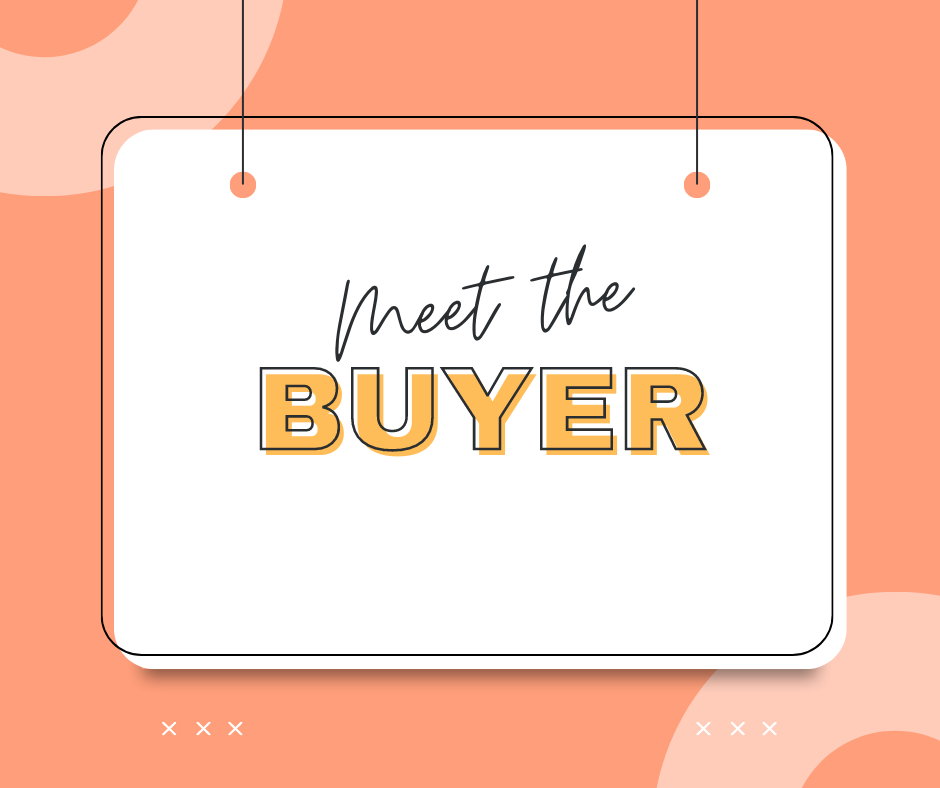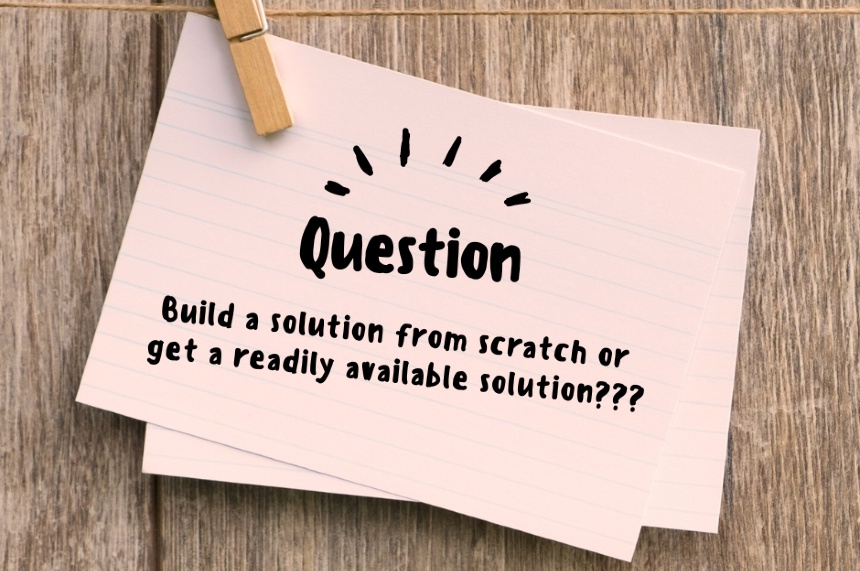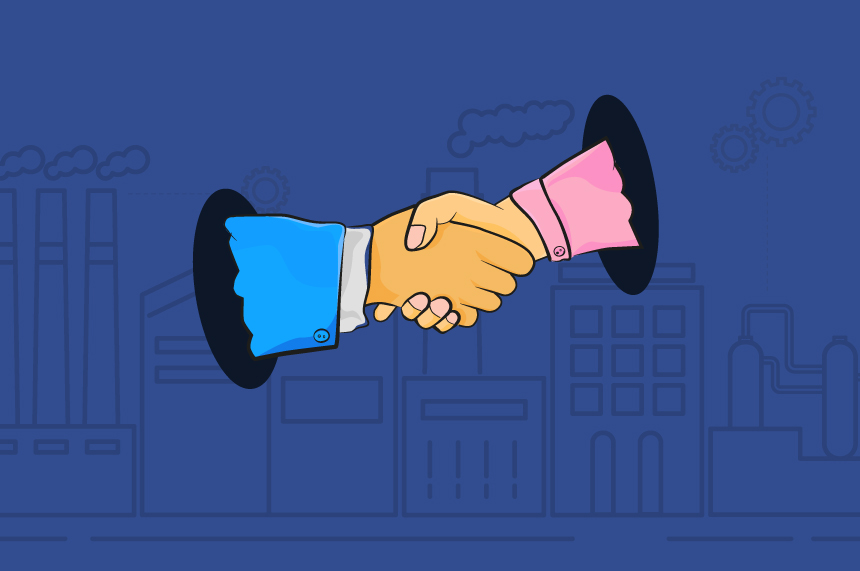Why is the Direct Material Procurement Lifecycle Still Left Outside of Digitalization?
Business | March 23, 2023 | By
Procurement or purchasing is an essential part of any business. No business can function without employing the services of another entity to complete their full business cycle. That said, the nature of the goods and services procured are different based on the nature of the business.
For example, a farmer would procure seeds from a seed vendor. The seeds directly go into growing their crops. On the other hand, an accountant would procure papers and pens that are used in doing their job but not directly part of the output. Based on this distinction, goods and services that are procured to go into another product directly, are referred to as direct spend. And goods and services that are procured to help complete an activity, without directly going into the output, are referred to as business expenses or indirect spend.
The manufacturing industry, just like the farmer, is heavily reliant on direct material procurement. A manufacturer cannot complete the entire manufacturing activity (starting with the raw materials all the way to the final product) all by themselves and so they delegate their upstream activities to their suppliers. For example, a manufacturer making steel widgets needs to buy processed steel from a trader, who in turn buys them from a steel mill, who in turn then buys iron ore from a mining company. What they procure, apart from the craftsman’s skill, directly affects their produce. It is impossible for us to imagine all of these happening in one place (except, maybe a potter digging up dirt to make his earthen pots and selling them on the roadside).
All this to say that procurement is a core activity for manufacturing companies.
In today’s industrial world, for companies that manufacture finished products, the cost of procuring such direct materials on average is anywhere between 50% and 80% of their total revenue. In other words, for every 100 dollars they make, they shell out between 50 and 80 dollars to their suppliers that provide them the raw materials and parts that go into their product.
In spite of these numbers, it is interesting to note that the majority of companies, except when releasing a purchase order, conduct their entire business with their suppliers/vendors over emails and phone conversations. Since the folks involved in manufacturing are involved in getting the machines running, getting the parts moving, getting their suppliers to make their parts and checking at every step of the way, the raw materials, widgets and the machines are just fine in terms of Cost and Quality and they arrive on Time (TCQ), they had not paid much attention to anything else. These folks have definitely brought out-of-the-world capabilities in terms of ‘how’ and ‘what’ widgets can be made, discovered incredibly strong materials and so on. But they left most of the business processes to someone else. In manufacturing companies, the ‘someone else’ are the folks from ‘Information Technology’.
Now, here’s the catch: ‘Information Technology’ folks learn information technology but they don’t learn ‘manufacturing technology’. As a result, there is always a gap between what actually happens inside the factories, how and what they communicate and who they communicate with versus what the IT function believes is needed.
Even the slow adoption of technology in the manufacturing sector has only been because of some visionary IT managers and executive leadership and their awareness of what is going on in the manufacturing space around the world. This is evident if you observe how new systems and ERPs have always come into companies through the CFO or the CHRO and then spread out. So instead of any accelerated changes driven by social media catalysts, IT trends and champion business users, a natural evolutionary process has been driving the availability of the right IT tools in manufacturing.
So, it is always handed over or instructed by the top management.
Of course, we have seen that with GenX, who were the first generation to widely use personal computers at home, and Millennials, starting to take senior positions within manufacturing functions, including strategic sourcing and project management, the awareness of systems and tools has been increasing and it will continue to be so with GenZ now becoming a large part of the workforce.
But there is still a gap where senior IT folks believe they have already provided the best solutions the moment they have implemented an ERP. Of course, the ERP companies have also promised them that the ERPs would deliver the ‘complete’ procurement function. Unfortunately, ERPs only help in releasing a Purchase Order but there is a lot more to Direct Material Procurement than just releasing the PO (How about another analogy: Consider PO release as cutting the ribbon in front of the camera after the entire building is constructed!)
When Direct Material Lifecycle Management, which is so critical for a business, is left out, imagine what other opportunities are out there that are yet to be discovered.
















